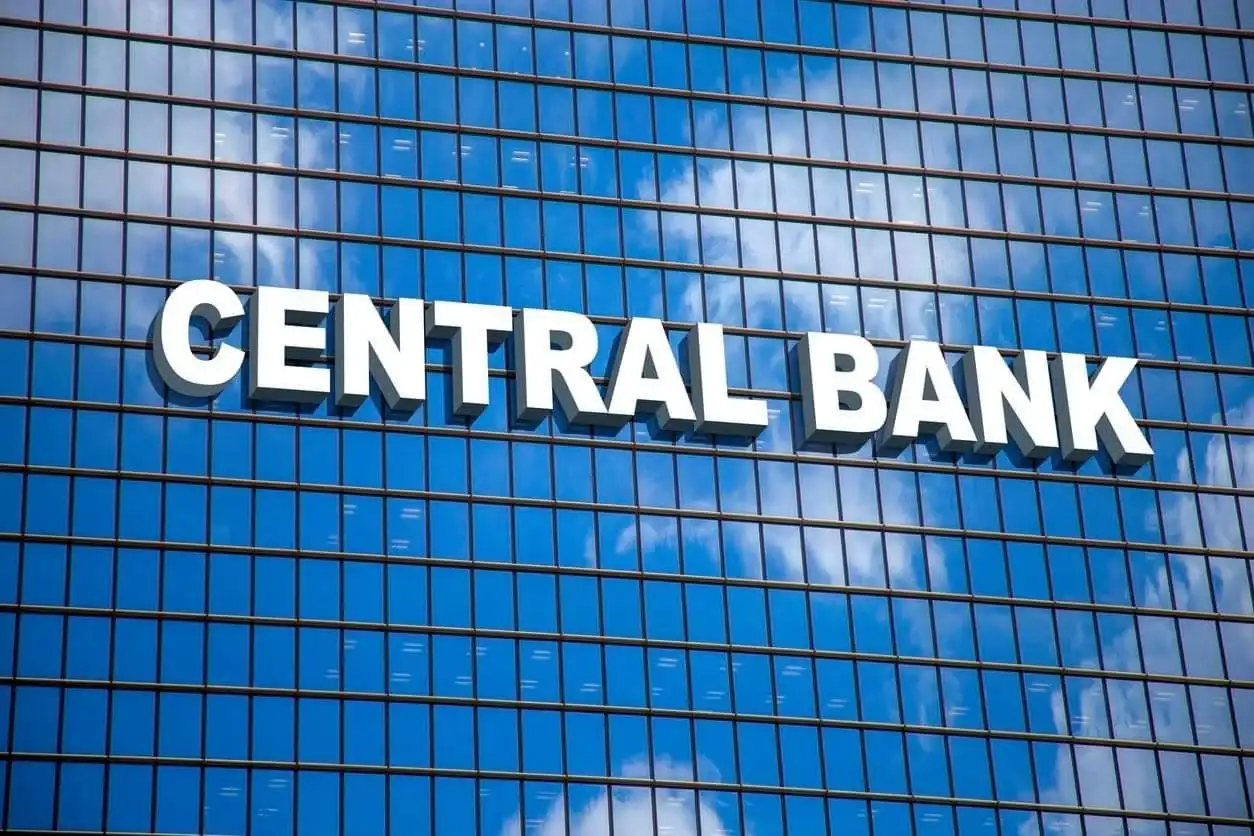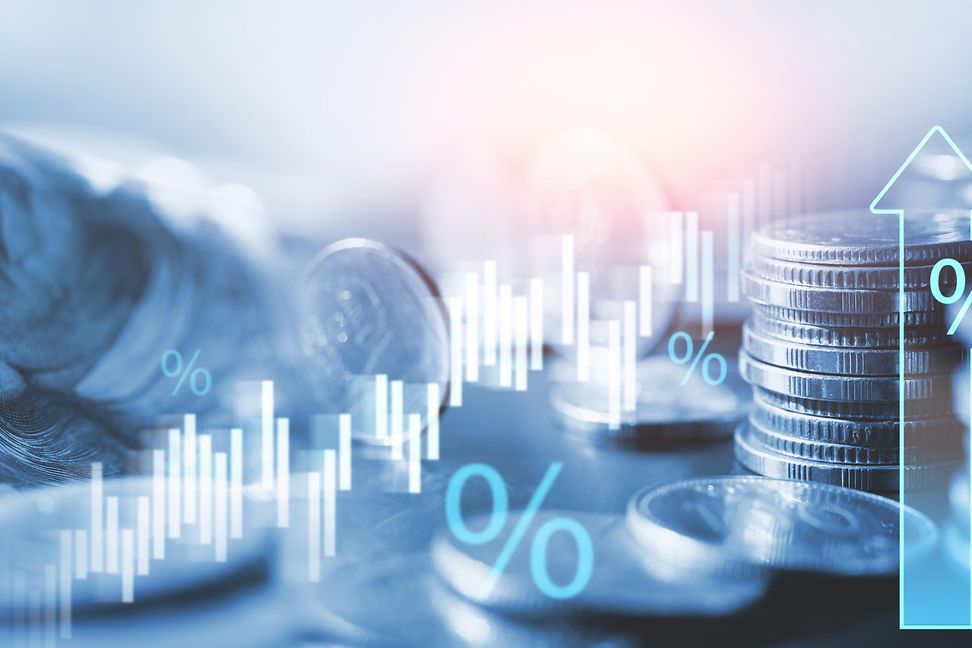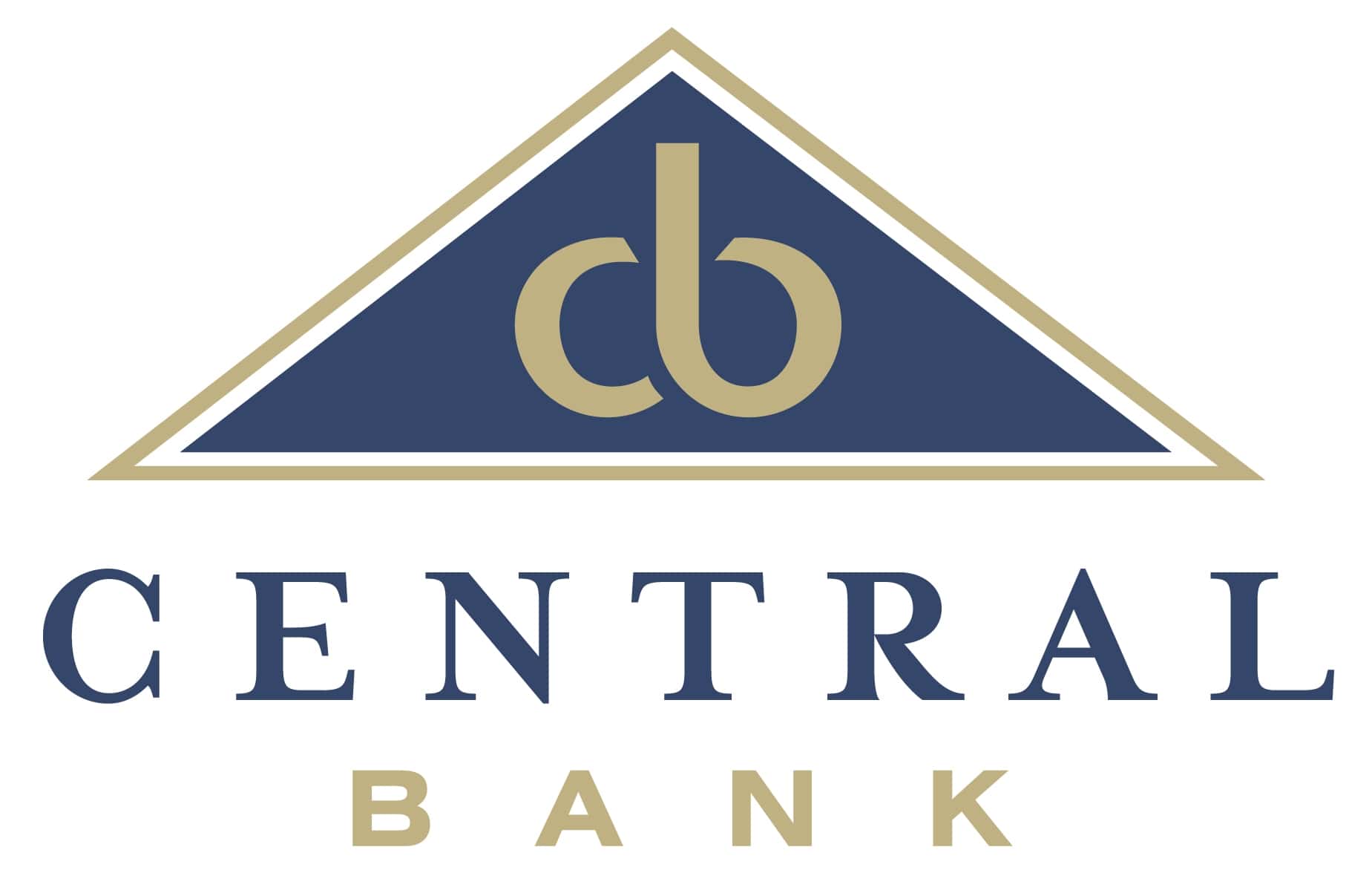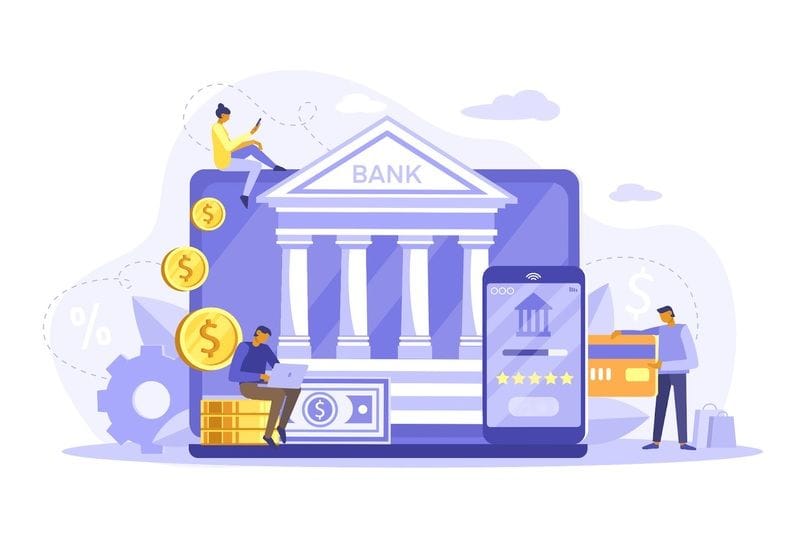Your wallet feels it, and headlines confirm it: prices are up. But not without a fight from those at the helm of our financial ship. Central banks raising interest rates to control inflation is the latest punch thrown in this economic brawl. With each rate hike, they aim to slow down that price-hike train barreling towards us. You’ve seen the news, but do you know why they hike rates, or how it hits your pocket? Stick around as we unfold this bold move and its impact on your bills.
Understanding the Impact of Interest Rate Hikes on Inflation
Why Central Banks Increase Interest Rates
Central banks have a big job: to keep our money’s value stable. They hate it when prices fly up too fast – that’s what we call “inflation.” To stop this, they can make a bold move: they raise interest rates. Think of it like putting less air in a bouncy balloon.
“Why do they do it?” you may ask. Simple: more costly loans cool down how much folks spend and build stuff. This makes prices rise slower. Lowering how fast prices go up is key for a healthy economy.
Measuring the Effects on Consumer Price Index and Inflation Targets
Central banks keep a sharp eye on the “Consumer Price Index” (CPI), which tracks how much you pay for things. When interest rates jump up, buying gets pricier and people buy less. This can mean prices stop going sky high.
The goal is to hit what central banks call “inflation targets,” meaning they want the rise of prices to be just right – not too hot, not too cold. With higher rates, people are more likely to save than spend. This is because banks give better returns on savings. Also, businesses may pause on big projects since borrowing costs more.
Now, here’s where it gets tricky: These moves can really help, but they may also slow down the economy too much. That’s one of those “economic slowdown risks” you hear about. If things get too slow, jobs can get cut and people spend even less.
Finding this balance is no easy trick. That’s why central banks must think hard and act smart. They watch all kinds of signs – like how much things cost, how much everyone’s spending, and what’s up with mortgage and loan rates.
When folks chat about “central banking and inflation control,” they often mean how central banks use rate hikes to cool off inflation. The “impact on consumer spending” is a big deal because when people close their wallets tight, it can help stop prices from jumping too much.
So that’s the lowdown on why and how those big bank players raise rates to keep our cash from losing its punch. They aim to keep everything in line so our money stays strong for buying the stuff we need and love.
As your go-to expert, I’ve seen how these “inflation control measures” can work wonders, or sometimes, need a little tweak. But the main idea is this: by changing these rates, central banks guide our money down a safe path, dodging those wild price hikes that can trip us up. It’s like having a money superhero who makes sure our cash buys us just as much bubblegum, bikes, and bread as it did yesterday. And who doesn’t want that?
The Ripple Effects of Monetary Policy Tightening
Changes in Consumer Spending and Saving Behaviors
When central banks hike interest rates, folks tend to cut back on shopping. They’re not just being thrifty; they’re adjusting to higher costs to borrow money. You see, as interest goes up, so does the cost to take out loans for cars, homes, or for swiping credit cards. This means people have less cash to spend on other stuff and may start to save more.
But this isn’t just about buying fewer shoes or skipping a night out for dinner. It’s a big deal, with all sorts of effects. Let’s get into what happens when central banks get tough on high inflation. To keep prices from climbing too high too fast, they make borrowing pricier. This move is a bit like tapping the brakes on a speeding car. It starts with a central bank decision, say from the Federal Reserve, to up the interest rates.
Central banks are like referees in the game of the economy. They watch the score, which is the inflation rate, and step in when they need to keep things fair. High inflation hurts how much our money can buy, so when it gets too high, banks step in. They raise rates to cool off the heat of inflation.
When it costs more to borrow money, people and businesses think twice before getting loans. This leads to less money spent and could lead us to save a bit more. It’s all connected.
Adjustments in Mortgage and Loan Interest Rates
Now, how do these higher rates touch our daily lives? First, take a look at mortgages. Big word, sure, but it’s just a fancy way of saying the loan you get to buy a house. Interest rates going up mean new home loans get pricier. You end up paying more each month. Folks who want to buy a house may hold off, waiting for rates to drop back down. This wait-and-see game can slow down the number of houses being sold.
What about the loans you already have? If you have a loan with a rate that can change, known as a variable rate, it could start to cost you more. This is serious for folks who have to tighten their belts to make ends meet.
Now, for the flip side. Savers might get a small win when interest rates climb. Banks may offer better returns on savings accounts. So, if you’ve got some cash stashed away, you might see it grow a bit faster.
All this talk about rates might sound like a lot of math and money chatter. But at the heart of it, it’s really about the everyday choices we all make. When interest costs us more, we change how we spend, borrow, and save. It’s like feeling a change in the weather and grabbing a coat on your way out.
Central banks know interest rate decisions shake things up. But it’s all to keep our money’s value safe from the inflation beast. They’re not just numbers on a screen; they’re about keeping life steady for you and me.
Evaluating the Economic Indicators Post-Rate Hike
The Movement in Bond Yields and Stock Prices
When central banks hike rates to fight high inflation, bond yields often jump up. This happens because new bonds must pay more to compete with the higher rates. Stocks might dip, as it costs companies more to borrow money. So, investors sell stocks and buy those shiny new bonds.
But let’s dig a bit deeper. Why do bond yields go up with rate hikes? They rise because new bonds must offer higher interest to attract buyers in a market where the central bank has set higher rates for lending.
And stocks? Well, when companies face higher borrowing costs, their profits can take a hit. This makes investors wary, so they might sell off their stocks. They’re worried about companies doing well in a pricier loan world.
Assessing Economic Slowdown Risks and Price Stability Goals
When interest rates climb, folks watch their wallets more closely. They might spend less, and this can slow the economy down. High rates also make loans cost more. Think about a family looking for a new house; if mortgage rates rise, they might wait it out.
Are higher rates a sure sign of an economic slowdown? Not always, but they can lead to less spending. The goal is to cool off spending just enough to keep prices stable without stalling the economy. It’s tricky, like trying to land a rocket ship gently on the moon.
Central banks like the Federal Reserve set inflation targets for a steady economy. They aim to keep prices from shooting up too fast. If they set interest rates just right, they can hit that sweet spot of price stability. But if they overshoot, we might end up with too slow of a market.
In a nutshell, central banks use tough love with rate hikes, aiming to balance high prices and a healthy economy. It’s a fine line to walk. They’re like the captains of a ship, steering through choppy inflation waters, trying to keep the boat afloat without tipping it over.
Balancing Act: Global Coordination and Long-Term Strategies
The Role of International Policy Coordination in Inflation Control
When countries work together, controlling inflation gets easier. Think of inflation like a wild beast. If countries act alone, the beast might run wild. But, if they team up, they can tame it better. Big groups like the G7 or G20 talk to make plans. They want to stop inflation from spreading around the world. Central banks play key here. When they talk to each other, they can make smarter moves.
So, what’s the smart move? Often, it’s raising interest rates together. This means loans cost more. People then spend less. Businesses invest less. Demand goes down, and so do prices. This helps slow down inflation. But this must be done just right. If not, it could hurt all the countries’ economies.
Now you might wonder, “Does this really work?” Yes, it does! History shows us that when countries align their monetary policies, they have a better shot at keeping prices stable. This is not just good for one country, but for the whole world.
Crafting Inflation Reduction Strategies for Sustainable Growth
Now, how do we keep the growth going while fighting inflation? It’s like walking on a tightrope. You need balance. Countries need to plan for now and later. Raising rates is a start. But, they also need to think of new ways to keep growth strong in the long run. This means making sure businesses can still grow and that people can find good jobs.
Central banks look at many things. They see where prices might go and how fast they might rise. They think about how much things cost now and what that means for tomorrow. These are part of their “inflation targets.” They aim to keep price rises slow and steady. This way, they don’t shock people or the market.
Rising rates can make it hard for some people, though. They might pay more for a house loan or if they use a credit card. But, it can also be good for savers. They get more money back for the money they save. Central banks must think about this balance, too.
All the choices banks make must fit with the bigger picture. It’s not just about one country’s money or jobs. The whole world’s markets, money, and trade are linked. What one country does can nudge others. So, planning together helps everyone grow, but not too fast or too slow. It’s like a team sport. If everyone plays their part well, we can win against inflation. This is our long-term strategy. It’s how we make sure the next years are good years.
Inflation can be tricky. It can change how much your money is worth. It can make the money you have buy less stuff than before. By keeping a tight grip on these changes, central banks help us all. They keep our money worth something. And they help make sure our economy stays strong, today and tomorrow.
To wrap up, we dove into how raising interest rates affects inflation. We saw why central banks hike rates and how that impacts the Consumer Price Index. Then, we explored the wider consequences—how people change their spending and saving, and how loans and mortgages adjust. We looked at the economic signs like bond yields and stock prices to gauge the aftermath of rate increases. Finally, we discussed the crucial balance between global efforts and long-term plans to manage inflation.
Thinking about all this, it’s clear that rate hikes are a powerful tool, but they bring changes that touch everyone’s wallet. Handling these rate changes calls for smart thinking and teamwork across countries. Our money and how much it’s worth— it all hangs on getting this balance right. For a healthy economy, we need to aim for steady growth without letting prices run wild. That’s our big challenge.
Q&A :
Why do central banks raise interest rates to control inflation?
Central banks typically increase interest rates as a strategy to mitigate inflation. When interest rates climb, borrowing money becomes more expensive for consumers and businesses. This generally leads to a decrease in spending and borrowing, which can cool off economic activity and thereby slow down the rate at which prices are rising. Higher interest rates can reduce the money supply in an economy, balancing supply and demand and stabilizing prices.
How do higher interest rates help in reducing inflation?
The rationale behind higher interest rates is to reduce the amount of money circulating in the economy. By increasing the cost of borrowing, people are less likely to take out loans for big purchases and businesses might postpone expansion plans. This reduction in spending and investment can lead to a decrease in the overall demand for goods and services, which can slow down price increases and help to control inflation.
What are the potential downsides of central banks raising interest rates?
While the main goal of raising interest rates is to curb inflation, there can be significant drawbacks. Higher interest rates can lead to higher unemployment levels as businesses cut back on investment and growth. It can also make it more difficult for consumers to pay off debts or secure financing for homes and cars, potentially leading to a slowdown in the housing market and consumer spending, contributing to an economic contraction.
Can increasing interest rates lead to a recession?
Yes, if central banks raise interest rates too quickly or too high, it can lead to a recession. A recession happens when there is a significant decline in economic activity across the economy lasting for several months. Higher interest rates tend to limit borrowing and spending, which can reduce business profits and lead to layoffs. If this reduced spending continues, it can lead to an economic downturn or a recession.
How do central banks balance inflation control with economic growth when adjusting interest rates?
Central banks aim to strike a balance between preventing high inflation and not stifling economic growth. They use economic indicators such as the Consumer Price Index (CPI), unemployment rates, GDP growth, and others to gauge the economy’s strength and adjust interest rates accordingly. Their goal is to maintain price stability while fostering conditions for sustainable economic growth. Policymakers must carefully consider the timing and magnitude of interest rate adjustments to avoid triggering a recession or allowing inflation to spin out of control.






